Speak to a Saudi Arabia expert today
and start planning your tailor-made holiday
Travelling to Saudi Arabia and what you can see and do.
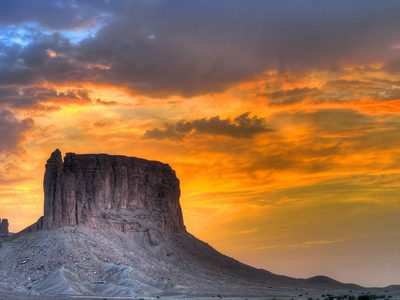
Travel to Saudi Arabia and lift the veil on a country that is arguably the greatest travel destination in the Middle East. From the misty mountains of Asir, to the breath-taking desert of Al Ula and the enormous Oasis of Al Ahsa; the kingdom’s landscapes are strikingly diverse. The culture and architecture are as diverse as the scenery: prehistoric cave dwellings on Shada Mountain contrast sharply with the towering coral stone houses of Jeddah and the gleaming skyscrapers of Riyadh. While following the old caravan routes you’ll see some of the world’s best rock art; learn about civilisations that controlled the ancient incense trade and admire incredible mudbrick architecture. Taking in traditional Saudi lifestyles in souks and street markets will also be a highlight. Saudi is a destination that almost defines adventure too; where you can cross belts of blood red sands; climb volcanoes and island hop through pristine sub-tropical atolls. The possibilities are endless in a destination that up until now has offered very little access to outsiders.
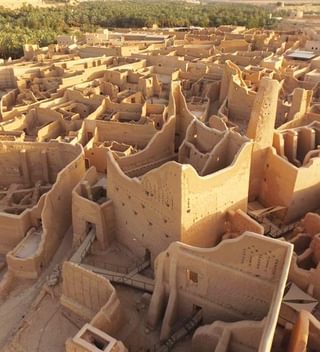
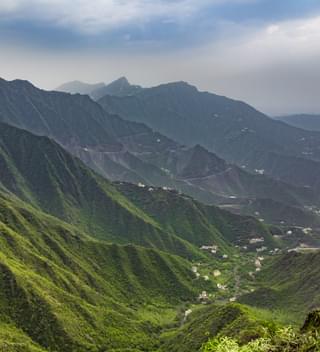
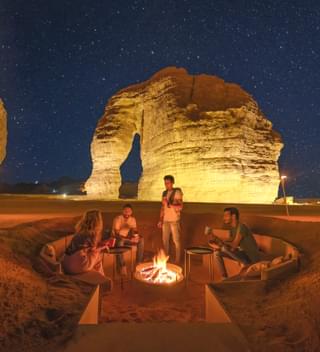
One of the big pulls to Saudi Arabia is the UNESCO World Heritage Sites. At present there are only six but that belies that fact that this ancient land is rich in history and culture and in addition to the official sites there are eleven within the Kingdom that are on the tentative list for nomination for World Heritage status.

In the eastern Arabian Peninsula, the Al-Ahsa Oasis is enormous, comprising gardens, canals, springs, wells and a drainage lake, as well as historical buildings, urban fabric and archaeological sites. They represent traces of continued human settlement in the Gulf region from the Neolithic to the present, as can be seen from remaining historic fortresses, mosques, wells, canals and other water management systems. With its 2.5 million date palms, it is the largest oasis in the world. Al-Ahsa is also a unique geocultural landscape and an exceptional example of human interaction with the environment.
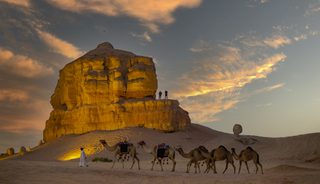
This property was the first capital of the Saudi Dynasty, in the heart of the Arabian Penisula, north-west of Riyadh. Founded in the 15th century, it bears witness to the Najdi architectural style, which is specific to the centre of the area. In the 18th and early 19th century, its political and religious role increased, and the citadel at at-Turaif became the centre of the temporal power of the House of Saud and the spread of the Salafiyya reform inside the Muslim religion. The property includes the remains of many palaces and an urban ensemble built on the edge of the ad-Dir’iyah oasis.

The Hegra Archaeological Site is the first World Heritage property to be inscribed in Saudi Arabia. Formerly known as Hegra it is the largest conserved site of the civilization of the Nabataeans south of Petra in Jordan. It features well-preserved monumental tombs with decorated facades dating from the 1st century BC to the 1st century AD. The site also features some 50 inscriptions of the pre-Nabataean period and some cave drawings. Al-Hijr bears a unique testimony to Nabataean civilization. With its 111 monumental tombs, 94 of which are decorated, and water wells, the site is an outstanding example of the Nabataeans’ architectural accomplishment and hydraulic expertise.
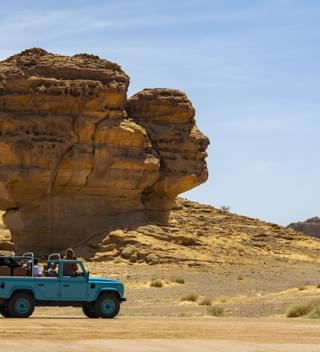
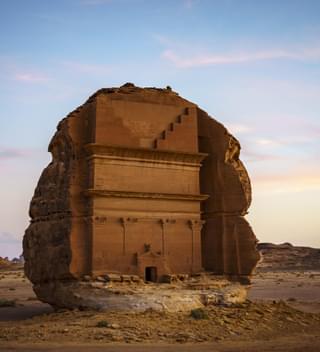
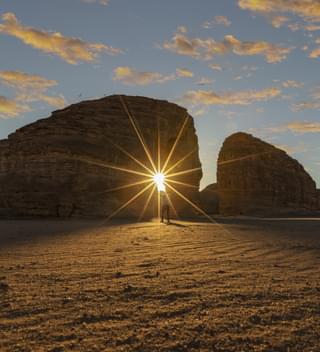
Located in an arid, mountainous area of southwest Saudi Arabia, on one of the Arabian Peninsula’s ancient caravan routes, Ḥimā Cultural Area contains a substantial collection of rock art images depicting hunting, fauna, flora and lifestyles in a cultural continuity of 7,000 years. Travellers and armies camping on the site left a wealth of rock inscriptions and petroglyphs through the ages and until the late 20th century, most of which are preserved in pristine condition. Inscriptions are in different scripts, including Musnad, Aramaic-Nabatean, South-Arabian, Thamudic, Greek and Arabic. The property and its buffer zone are also rich in unexcavated archaeological resources in the form of cairns, stone structures, interments, stone tool scatters and ancient wells. This location is at the oldest known toll station on an important ancient desert caravan route, where the wells of Bi’r Ḥimā date back at least 3,000 years and still produce fresh water.

Historic Jeddah is situated on the eastern shore of the Red Sea. From the 7th century AD it was established as a major port for Indian Ocean trade routes, channelling goods to Mecca. It was also the gateway for Muslim pilgrims to Mecca who arrived by sea. These twin roles saw the city develop into a thriving multicultural centre, characterized by a distinctive architectural tradition, including tower houses built in the late 19th century by the city’s mercantile elites, and combining Red Sea coastal coral building traditions with influences and crafts from along the trade routes.

This property in the Hail region includes two components situated in a desert landscape: Jabel Umm Sinman at Jubbah and the Jabal al-Manjor and Raat at Shuwaymis. A lake once situated at the foot of the Umm Sinman hill range that has now disappeared used to be a source of fresh water for people and animals in the southern part of the Great Narfoud Desert. The ancestors of today’s Arab populations have left traces of their passages in numerous petroglyphs and inscriptions on the rock face. Jabal al-Manjor and Raat form the rocky escarpment of a wadi now covered in sand. They show numerous representations of human and animal figures covering 10,000 years of history.
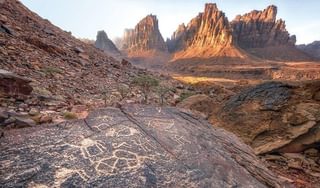
These were historic pilgrimage (Hajj) roads that passed through the Arabian Peninsula to reach Mecca, connecting the Arabian Peninsula with the major neighbouring countries, Egypt, Syria and Iraq.
The Hejaz Railway was built on the order of Ottoman ruler Sultan Abdulhameed II on September 1st 1909. The main objective of its construction was to serve the two Holy Mosques and provide a modern means to transport Pilgrims who came from Asia, Europe and the Mediterranean to the Holy shrines in Mecca and Medina.
It is the oldest road used by Muslim pilgrim convoys after the Mecca /Medina road, and it was known in the early Islamic period as Attabukiyah road. This route connects Damascus to Medina, and is 1307kms.
One of the important pilgrimage routes in Islamic history, linking Egypt to Mecca and Medina
Located on the outskirts of the Empty Quarter, 700 kilometres south-west of Riyadh; it was named Al-Faw relative to the intersection point of Wadi Addawasir with Tuwaiq Mountains at the mouth of channel stream called Al-Faw. "Qarriyat Al-Faw originated as a result of its strategic location on the ancient trade route heading south of the Arabian Peninsula
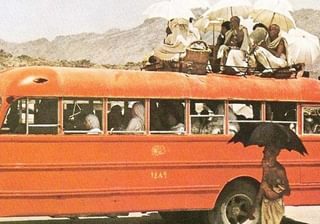

Rijal village is the capital of the Rijal Almaa Province. The village was a natural corridor linking those coming from Yemen and the Levant to Mecca and Madina which makes it an important regional commercial centre.
It is among the most important traditional villages in Al-Baha region, and it was built on a mountain top featuring a picturesque view towards the surrounding farms
Al-Der’ district is located in the traditional town centre of Dûmat Al-Jandal, along with Qasr Mâridcastle and Omar Mosque, the most important district of Dûmat Al-Jandal, the largest area and eldest in history.


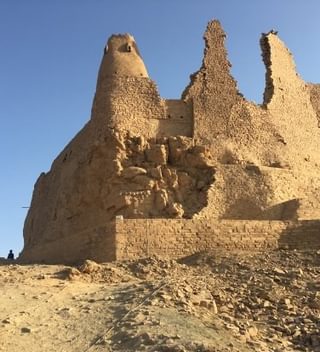
One the largest Protected Areas in the Kingdom of Saudi Arabia with around 12,000 Sq. Km. It was established by a Royal Decree in 1995 for the purpose of protecting the natural landscapes of the Ar-Rub‘ al-Khali desert and to be home for the reintroduction of the Arabian Oryx, Al Reem Gazelle and others, all within their original natural habitats from which they were extinct in the past.
The Farasan Islands are a large archipelago of over 170 islands and islets of uplifted coral reef lying 40-90 km offshore from the city of Jazan on the south-eastern coast of Saudi Arabia.
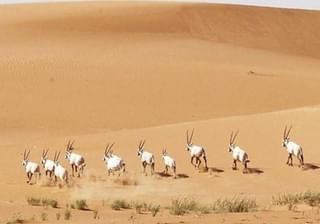

Discover the Al Wahbah Crater
Measuring 4km wide and 250-meters deep, the sprawling Al Wahba crater is one of Saudi Arabia’s most dramatic natural wonders: a vast hollow with an opaque lake at its heart.


From adrenaline-packed excursions like dune bashing and sandboarding to more serene, history-inspired activities such as camel riding and Arabian camping, the desert in Saudi serves as a canvas for more than just adventure travellers
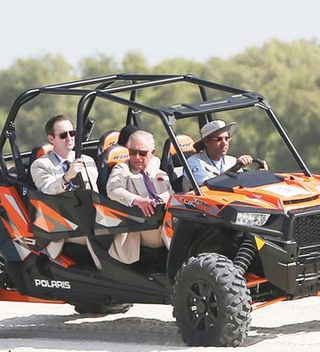


Edge of The World, Al Ahsa Oasis and Jabal Abyad
Begin trekking to the Edge of the World, this precipice in the Tuwaiq cliffs for dramatic views overlooking the horizon and valley below — once part of an ancient trade route. Or enjoy walking in a world Heritage site, one of the greenest areas in Saudi, the Al Ahsa Oasis offers travellers the opportunity to walk through something very unusual in the Gulf: refreshing springs, wells, canals and farmland. Or take up the challenge to hike at Jabal Abyad (the white mountain). At 2,093 meters tall, this volcano gets its name from the white ash that covers it.



Red Sea Scuba Diving, Desert Lakes, boating near Farasan Island
More than 1,200 fish species call the Red Sea their home, and nearly 20 percent of these are found only in the Red Sea.
On the edge of Riyadh, Al Kharrarah National Park is home to a desert lake. After heavy rains, a temporary lake known as Lake Kharrarah, also called the Lake of Liquid Light, forms and can be deep enough to swiw or for those who love to be on the water, a boat ride where you sail around the archipelago of more than 100 islands surrounding Umluj or venture out on a boat to the mangrove forests of the Farasan Island
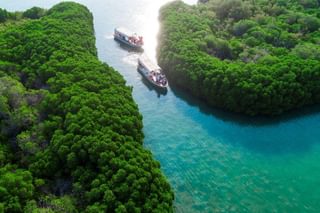
The Empty Quarter, The Great Nufud Desert, Al Araqana Desert, Jubbah Desert and Ad-Dahna Desert. So much of Saudi is covered by desert that its hard to ignore. Spanning the southern third of the Arabian Peninsula, the Rub Al Khali, or Empty Quarter, is the world’s largest contiguous sand desert, occupying more than one-fourth of Saudi’s total area. Despite the name, many tribes have lived in and still inhabit the region, though again, first-timers are encouraged to explore the massive area with a guide. In the west, the sand dunes reach as high as 2,000 feet above sea level, while in the east, the elevation dips to about 600 feet.
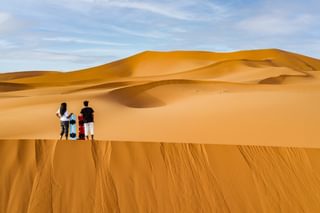
Al Qarah Mountain – hikes, caves and great views of Al-Ahsa. The reward for reaching the top is not only a beautiful breeze but also a stupendous view of the world’s largest oasis, a source of life that has proven integral to the growth of Al Ahsa through the ages.
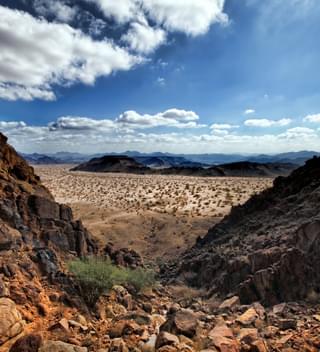
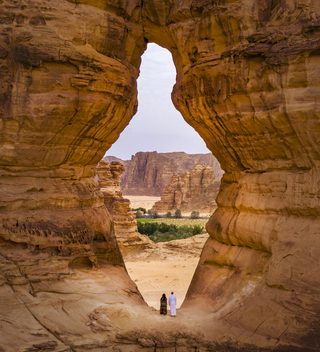
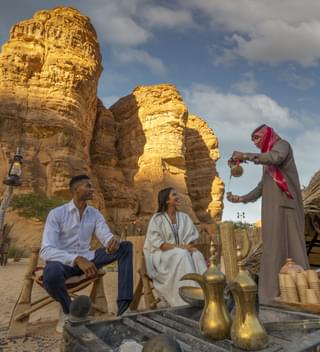
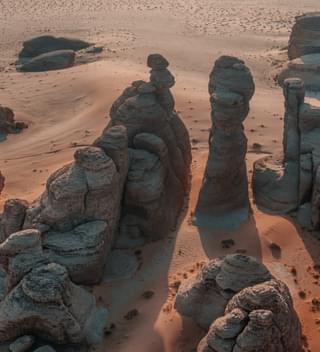


and start planning your tailor-made holiday